Dyrham Park is situated just six miles from central Bath. Many people enjoy paying a visit to get out of the city, stretch their legs, enjoy the far-reaching views, be in nature and wonder at the beauty of the house and gardens.
But delve a little deeper, and there’s a really fascinating history connected to the place. Dyrham Park’s Senior Marketing and Communications Officer Helen Roberts gives a whistle-stop round-up.
Ancient Dyrham
Records show that people have occupied the site of Dyrham Park since at least the Bronze Age. In 577 a significant battle was fought at Dyrham. The Anglo-Saxon Chronicle recorded how Saxon leaders defeated Britons ‘at the place that is called Deorham’ before capturing Gloucester, Cirencester and Bath.
House and Wynter family
There was evidence of a house on the current site in the 1300s and this was rebuilt in 1466. From 1571, the house was owned by leading naval administrator brothers William and George Wynter. Sir William was a commander against the Spanish Armada (1588). The brothers invested in their colleague Sir John Hawkins slave-trading voyages, and in Sir Francis Drake’s project to circumnavigate the globe in 1577. The house was in need of repair when heir Mary Wynter married William Blathwayt in 1686.
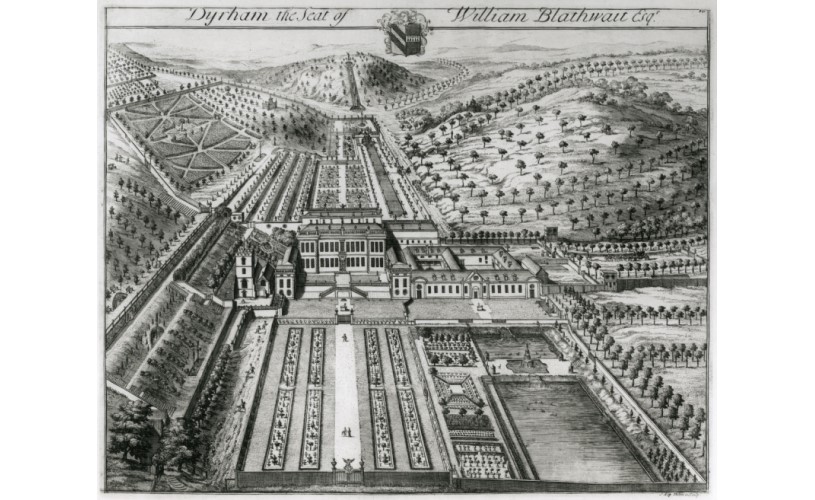
William Blathwayt – a lasting legacy
Dyrham today is very much William Blathwayt’s creation. His life and career offer a window into the bigger themes of the late 17th century that still resonate, and it’s this era that’s focussed on if you visit the house today. The son of a modest London lawyer, Blathwayt became a leading civil servant, in the fast-changing world of the 17th century. Evidence shows that, though not universally liked, he was fastidious, efficient and ambitious.
He started his career in The Hague at the British Embassy and advanced quickly as a government administrator. He then took up a role in the ‘plantations office’ which led eventually to him becoming Auditor-General of Plantations Revenue, responsible for accounting for all the income due to the crown from royal colonies, such as Virginia, Jamaica and Barbados.
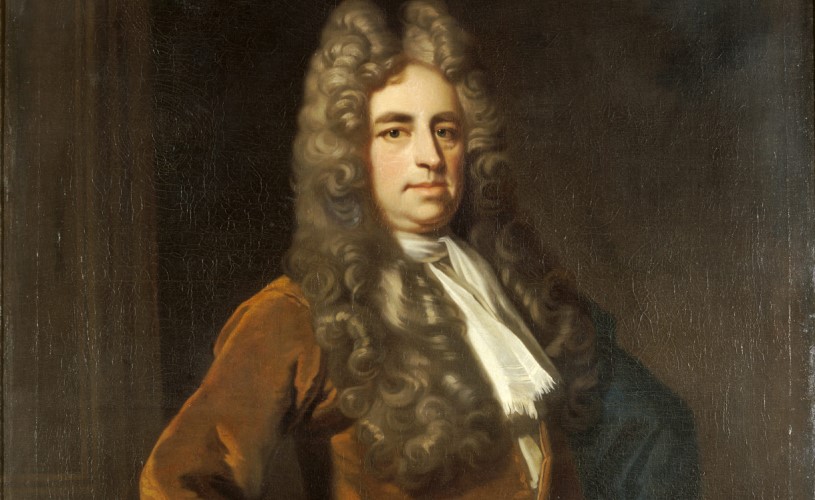
Blathwayt didn’t just work on colonial matters. Despite having marched with James II at the Glorious Revolution, he became Secretary at War under William III and went on to manage an army that spent nearly a decade on campaign in Flanders. He was a Clerk to the Privy Council and Secretary of State to William III in the 1690s. He was also an MP twice, including for Bath.
The 1690s was a period of huge social, political and economic change with the Glorious Revolution and the start of a parliamentary democracy, the establishment of the Bank of England as well as the growth in global trade, colonialism and the transatlantic slave trade. William Blathwayt positioned himself at the centre of things and enjoyed a substantial income from his various roles, much of which was channelled into Dyrham.
Transforming the house and garden
Back at home, Blathwayt set about transforming Dyrham into a lavish baroque country house, complete with extensive garden and parkland. He employed leading architect, William Talman, and fashionable gardeners George London and Henry Wise.
Blathwayt’s north American colleagues sourced luxury walnut and cedar timber to construct stairs and panelling. Contents included a tea-table from Java, gilt leather wall panels from Amsterdam, and Delftware showing scenes of China. The Caribbean provided products of enslaved labour, including sugar, cocoa and tobacco. Carrara marble came from Italy, while deer and horses for Blathwayt’s park and coaches were sourced from Germany.
The decoration of the house was substantially shaped by Blathwayt’s purchase of his uncle Thomas Povey’s art and book collections. Through Povey, important paintings by Samuel van Hoogstraten and Bartolome Murillo arrived at Dyrham.
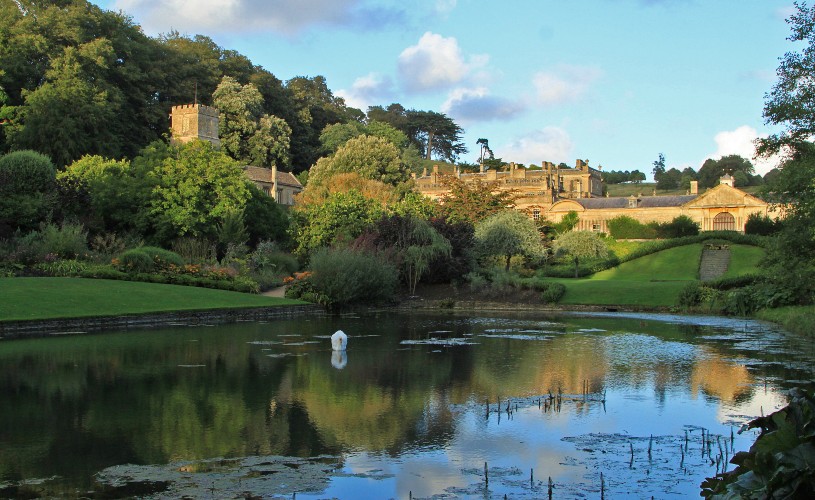
After William
The estate stayed in the Blathwayt family until the 20th century, but the generations that followed William ran up debts and the house and gardens fell into disrepair, with family members selling off items to keep it going. When Lieutenant Colonel George Blathwayt inherited Dyrham in 1844, he was determined to reverse its recent decline. He took out a loan to buy back the furniture and pictures and to repair and modernise the house. Extensive works included new roofs, central heating and kitchens, remodelled servants’ quarters, and glazing the Greenhouse roof.
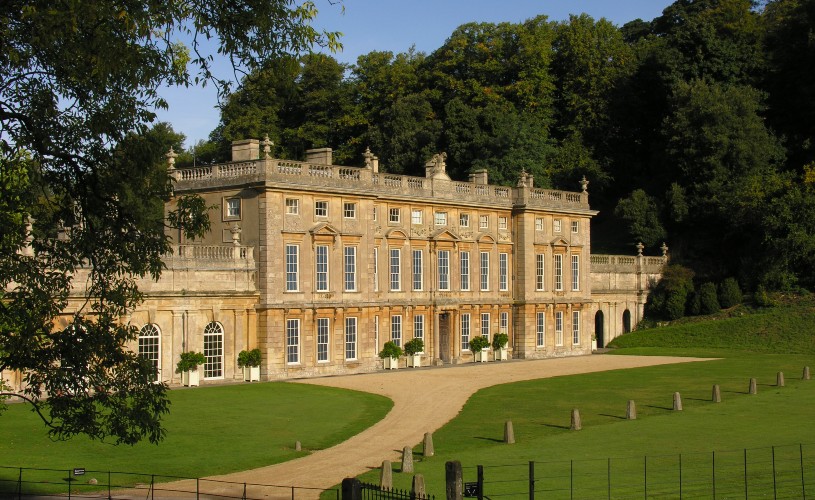
War memorial
In 1956 the Ministry of Works purchased the house from the Blathwayt family through the National Land Fund. This was an endowment for the purchase of culturally significant property as a war memorial.
Dyrham was transferred to the National Trust and, after extensive repairs, the house opened to visitors in 1961. In 1976 the park was purchased with the support of the successor National Heritage Memorial Fund.
Dyrham Park today
Over the last 60 years the National Trust has steadily conserved, repaired and re-opened more of Dyrham Park. Informed by research and archaeological investigations, the gardens are being recreated with a design informed by William Blathwayt’s baroque splendour.
In 2015 the roof of the house was replaced to kickstart improvements to the interior. Significant paintings that were part of Blathwayt’s original collection, including a Cornelis de Heem work in 2015 and a painting of Bridgetown, Barbados in 2022, have been bought back to help evoke the Dyrham that he created.
Today, Dyrham provides a place to explore and understand how Britain became the country we now know. A new exhibition highlights the context of the world in the 1690s, and a major project to revitalise, restore and reimagine the baroque house has just been completed.
The house is open daily from 11.30am with last entry at 4pm.
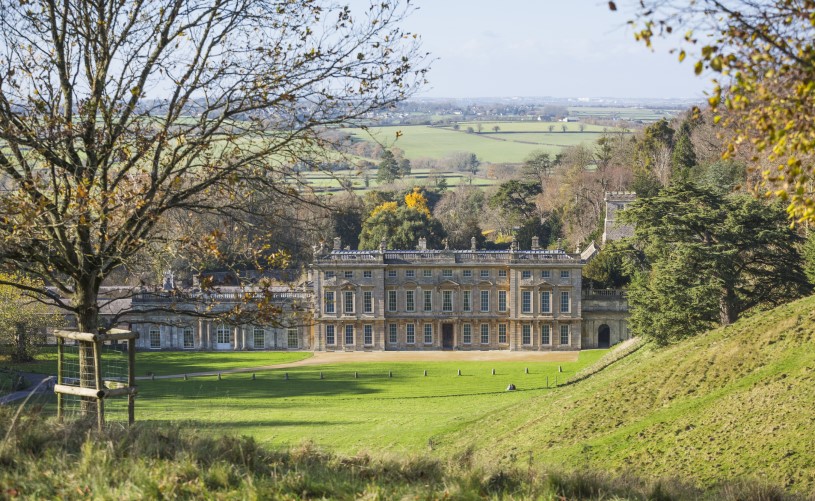
Read more:
Related
Comments
Comments are disabled for this post.





